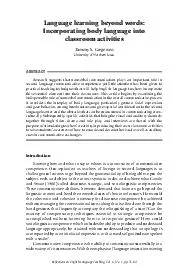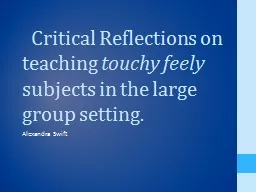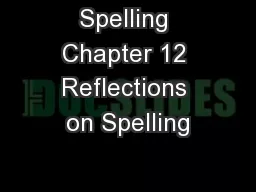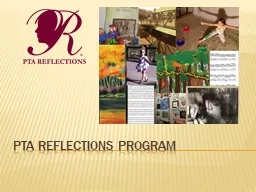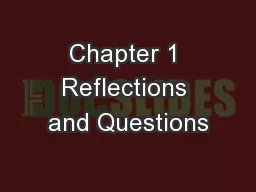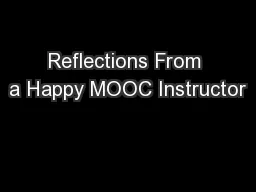PDF-Language learning beyond words Reflections on English Language Teaching Vol
Author : jane-oiler | Published Date : 2015-03-19
6 No 1 pp 5164 Language learning beyond words Incorporating body language into classroom activities Tammy S Gregersen University of Northern Iowa ABSTRACT Research
Presentation Embed Code
Download Presentation
Download Presentation The PPT/PDF document "Language learning beyond words Reflecti..." is the property of its rightful owner. Permission is granted to download and print the materials on this website for personal, non-commercial use only, and to display it on your personal computer provided you do not modify the materials and that you retain all copyright notices contained in the materials. By downloading content from our website, you accept the terms of this agreement.
Language learning beyond words Reflections on English Language Teaching Vol: Transcript
Download Rules Of Document
"Language learning beyond words Reflections on English Language Teaching Vol"The content belongs to its owner. You may download and print it for personal use, without modification, and keep all copyright notices. By downloading, you agree to these terms.
Related Documents

